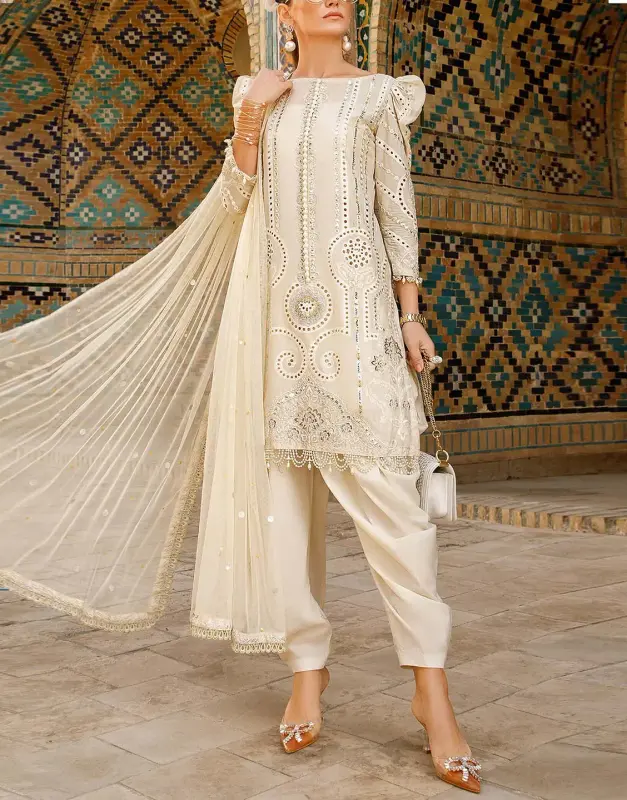The Rise of AI Influencers: Are Virtual Humans Taking Over Social Media?
By Huzi
The line between real and digital is fading — not slowly, but beautifully. Once upon a time, influencers were people — makeup artists, travelers, vloggers, dreamers — each sharing their lives online. But now, a new kind of star is rising: AI influencers — digital humans who don’t sleep, don’t age, and don’t exist in the physical world at all.
They are crafted, not born. And they’re changing what it means to be famous.
🌐 Meet the New Celebrities: Virtual Humans
In 2016, a virtual girl named Lil Miquela appeared on Instagram. She looked real — freckles, fashion sense, even a messy bun that seemed too perfect to be digital. Within months, she had millions of followers, collaborated with brands like Prada and Samsung, and released her own music.
But here’s the twist: Lil Miquela doesn’t exist. She’s an AI-generated influencer, built by a startup using 3D modeling and artificial intelligence.
And she’s not alone.
- Shudu — the world’s first digital supermodel — has posed for Balmain and Vogue.
- Imma — a pink-haired Japanese AI influencer — does brand shoots for IKEA and Porsche.
- Noonoouri — a stylish animated icon — recently signed a real music deal with Warner Music.
These aren’t just animations — they’re full-blown online personalities with storylines, emotions, and identities.
“The future of fame isn’t about being human — it’s about being seen.”
💡 Why Brands Love AI Influencers
For companies, AI influencers are a dream come true. They don’t miss deadlines, they don’t get tired, and they never spark real-world scandals. Their image can be perfectly shaped — pixel by pixel — to match brand values.
They can appear in multiple campaigns at once, speak any language, and even change looks overnight.
In a world driven by social media marketing, these virtual beings offer control — and control means money. Brands can test how audiences respond, run global campaigns without travel costs, and ensure a consistent brand image.
It’s marketing — but reimagined for the digital age.
⚖️ The Ethical Dilemma
Yet, beneath the gloss and glamour lies a serious question: What happens when we can’t tell who’s real anymore?
AI influencers blur the boundary between authenticity and illusion. They look real, act real, and even express “emotions” online — but every smile, every caption, every outfit is crafted by a team of coders and marketers.
It raises concerns about transparency. Should followers know when they’re engaging with a digital personality? Should brands disclose it during promotions?
Then there’s the deeper question — what does this mean for human creators? If virtual influencers can replace models, actors, and social media personalities, what happens to the people who built those industries?
🧠 The Technology Behind the Trend
The rise of AI influencers is powered by a mix of machine learning, 3D rendering, and deepfake technology.
Tools can now generate realistic faces, animate them, and even give them lifelike voices. With advancements in AI text generation (like ChatGPT) and visual creation (like Midjourney or Sora), digital humans can now think, write, and speak like real influencers — all without human input.
Soon, they might run their own accounts, respond to fans, and even create art or fashion designs autonomously.
This isn’t science fiction anymore — it’s happening right now.
🌍 The Future of Influence
By 2030, experts predict that one in four influencers could be AI-generated. Social media feeds might be filled with digital personalities, each representing brands, ideas, and lifestyles.
But instead of replacing humans, this evolution could create new collaborations — humans working with virtual beings. Imagine fashion designers dressing AI models, musicians performing alongside virtual artists, and filmmakers co-starring with digital co-actors.
AI influencers might not destroy the industry — they might just expand it.
“It’s not the end of authenticity. It’s the beginning of a new kind of creativity.”
🌸 The Human Touch Still Matters
Despite their perfection, AI influencers lack one thing humans effortlessly bring — soul. People follow influencers not just for beauty or branding, but for relatability. The late-night rants, the laughter, the vulnerability — that’s what builds connection.
AI can imitate emotion, but it can’t truly feel. And that’s where human creators will always shine.
The future might belong to both: AI for perfection, humans for emotion. Together, they’ll redefine storytelling and influence in ways we’re only beginning to understand.
✨ Final Thoughts
The rise of AI influencers isn’t about machines taking over — it’s about how we evolve with technology. As our world becomes more digital, the question isn’t “Are they real?” but “What do they make us feel?”
Maybe the real magic isn’t whether Lil Miquela exists, but that she made millions of people believe she did.
And in a world of screens and dreams, perhaps belief is the new reality. 💫




